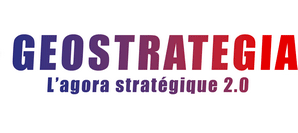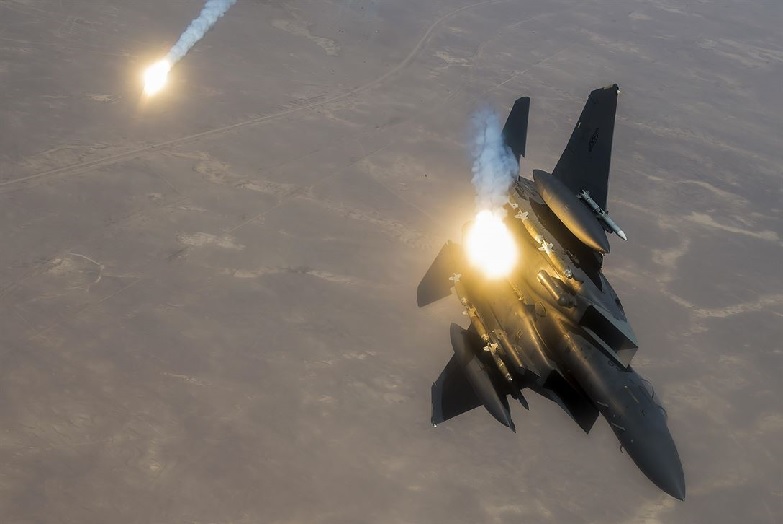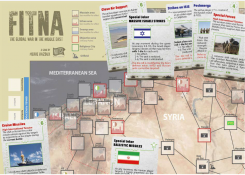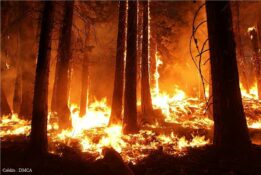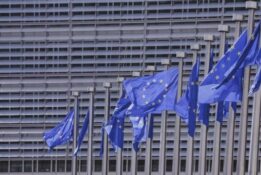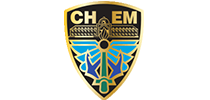Cet entretien avec un acteur clef de l’opération alliée Inherent Resolve au Levant est issu de la revue Défense de l’Union-IHEDN. Le Major général Scott A. Kindsvater de l’armée de l’air américaine, en charge des opérations et du renseignement de la coalition, nous livre un rapide bilan de la nature et de l’impact des opérations aériennes menées contre Daech en Syrie et en Irak. Il insiste notamment sur le couplage renseignement-ciblage, essentiel à l’efficacité des frappes, et offre ainsi une illustration des réflexions théoriques développées par un article du Centre Etudes, Recherches et Partenariats de l’Armée de l’air (CERPA) récemment mis en ligne sur le Kiosque de Geostrategia (Regard sur la puissance aérienne : « il faut assainir les fondements stratégiques du ciblage »).
——————————————————————————————————————————————-
Les opinions exprimées dans cet article n’engagent pas le CSFRS.
Les références originales de ce texte sont: Marie-Laure Buisson, « Opérations aériennes : rencontre avec le Major général Scott A. Kindsvater (US Air Force) », Union-Ihedn, Focus, Défense n°186, mai-juin 2017.
Ce texte, ainsi que d’autres publications, peuvent être visionnés sur le site de l’Union-Ihedn.
——————————————————————————————————————————————
Opérations aériennes : rencontre avec le Major général Scott A. Kindsvater (US Air Force)
Commandant adjoint Operations & Renseignement de l’Opération internationale Inherent Resolve au Levant
« France is an irreplaceable strategic partner »
You have occupied the position of Operation Inherent Resolve’s Deputy Commander for more than a year. How would you assess this period of operation against Da’esh in Iraq and in Syria?
We have witnessed incredible progress over the last year. Partnered forces in both Iraq and Syria, with the help of a 65 nation Coalition, began a decisive counter-offensive. The liberation of 12 key population centers and 51,000 square kilometers of terrain led to 4.5 million people freed from ISIS control. Right now, the Iraqi Security Forces (ISF) are on the cusp of completely liberating Mosul, and the Syrian Democratic Forces/Syrian Arab Coalition (SDF/SAC) troops have isolated Raqqah. This loss of terrain, access to the population and retreat of ISIS has also helped illuminate the foreign fighter networks. With few places to hide and actionable information, we neutralized multiple ISIS operatives responsible for horrific attacks in places like France and elsewhere.
However complicated and complex the area of operations may be, the mission is singular and simple – Defeat Da’esh in Iraq and Syria. Our strategy, commonly referred to as “By, With and Through”, empowers the ISF and SDF to take ownership of the ground fight while the Coalition helps reduce risk as much as possible through the application of combined firepower.
Over the past year the ISF cleared and secured key population centers north up the Tigris and Euphrates river valleys as well as west towards the Jordanian border. In Syria the SDF defeated ISIS village by village. As ISIS attempted to sustain their defenses or run from the fight, the coalition skillfully targeted ISIS oil revenue capacity, their most threatening heavy military equipment, and their support zones used to rest and refit their fighters. There is little direction or capability left for ISIS and this is all due to a strong, focused Coalition. It’s important to mention here, that France is an irreplaceable strategic partner in all of this, we simply could not have accomplished as much without this relationship and compliment of professional warfighters.
The Coalition and our partnered forces are all stakeholders in the destruction of this enemy. It is important that the Coalition’s support and partnership remain consistent and reliable, this is the best way to ensure ISIS’s losses are irreversible.
What are your views about the use of air power by the Coalition in this operation?
Airpower is one component of our By, With and Through strategy. As the Deputy Commander, Operations and Intelligence, I work hard to balance this component with all other aspects of our framework on behalf of LTG Steve Townsend – the Commanding General of Combined Joint Task Force, Operation Inherent Resolve. Our other key pillars include, Advise and Assist forces partnered with key leadership, intelligence, reconnaissance and surveillance support, ground fires support as well as a robust training and equipping effort led by my counterpart, the MG Rupert Jones, the Deputy Commander, Strategy and Support. I’d also like to highlight that France is one of the few strategic partners committed to each one of these pillars – French airmen, artilleryman, intelligence analysts, advise and assist trainers as well as special operations forces are all contributing every day to the defeat of the enemy.
In my role as the Joint Air Component Command Element (JACCE) director and as the Commander of the 9th Air Expeditionary Task Force – Levant, I ensure we have all the right people in all the right places in order to maximize airpower across the combined and joint area of operations (CJOA) – this includes all contributing nations. In this role, I focus I am also incredibly interested in capturing the lessons we are learning and operationalizing them quickly to accelerate the defeat of the enemy and to improve the Coalition’s international interdependent airpower capability.
The employment of Unmanned Aerial Systems (UAS) in an ISR and close air support (CAS) role in concert with traditional Strike aircraft allows us to target the enemy in depth while directly supporting the ground forces, who are faced with a tough and dangerous door-to-door fight. The use of low collateral damage producing precision strike munitions ensures we can provide maximum support while reducing the possibility of civilian casualties to a minimum. Every nation involved in the air effort – including the Iraqi Air Force – provides a unique capability and set of tools that help kill the enemy.
Based on your situational awareness, could you elaborate how you see the future in this part of the world?
I have spent a large portion of my professional career in this part of the world. I think regional leaders, citizens of Iraq and the Syrian people will remain threatened by actors who seek to sustain some level of violence ; bad actors that need instability to sustain their goals. The instability of ungoverned spaces allows for these trans- regional actors to continue their criminal activity ; after ISIS is defeated, the members of the Coalition must remain connected and engaged here. We have a responsibility to establish a reliable partnership to help the region suppress actors trying to destabilize the region…it is my hope that eventually, our partners will be able to do this on their own and with their own equipment/forces.
Do you think Da’esh could rebirth in another part of the region or the world and how?
We know that ISIS is actively seeking ways to survive their imminent defeat in Iraq and Syria. The fight against what we term the “ISIS Core” is only one part of the effort. The remnants of ISIS will limit themselves to regional criminal-like activity as earlier mentioned, I believe. I think what is important here concerning this question is the relationships we have built here, among our global Coalition, remain strong. Our information sharing, our combined lessons learned from tough combat operations and the personal connections established between warfighters is important, we have to retain this. Relationships bolster will and Coalition will is the key to ensuring a rebirth or transition to another part of the world does not occur.
Propos recueillis par Marie-Laure Buisson
Par : Marie-Laure BUISSON
Source : Union-IHEDN/Revue Défense
Mots-clefs : Aérienne, Air, Avion, Daech, Djihad, Levant, Moyen-Orient, Opération, Terrorisme

